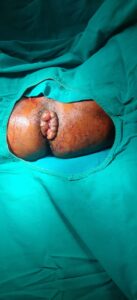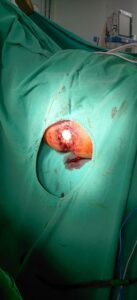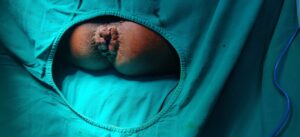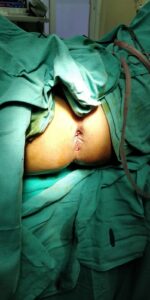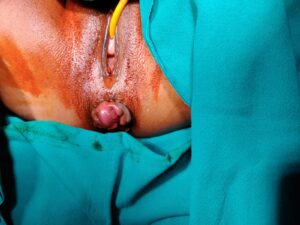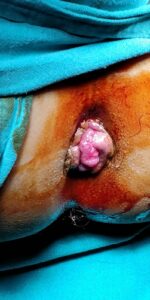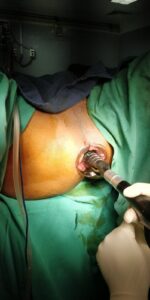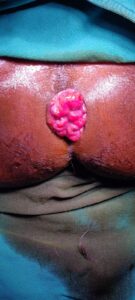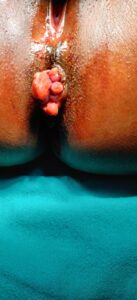Piles are enlarged veins located at the junction of Rectum and An anus commonly known as Hemorrhoids’, Mulvyadh or Bavasir .
Causes of Piles
- Long standing constipation.
- Excessive straining during bowel movements over a long period of time.
- Hard stools that are not excreted smoothly.
- Family history of piles.
- Faulty toilet habits Pregnancy and childbirth.
- An unhealthy lifestyle -Lack of exercise, stress, alcohol, smoking.
- Obesity – Piles is more common in the overweight.
- Heavy weight exercise.
- Ageing – The tissues in the lining of the anus may become less supportive with the age.
- Pregnancy & children.
Signs and Symptoms of Piles
- Bleeding during a bowel movement. There may be fresh blood at the end of passing stools or you may witness blood on the tissue.
- You may feel a lump outside the anus.
- Piles may cause itching in the region aka Perianal pruritus.
- There may be discharge.
- There may be a sensation of stool being ‘stuck’ at the anal region after a bowel movement. Rarely. there may be dull pain.
- As a complication, the Piles sometimes develops a clot (Thrombosed Hemorrhoid). This may cause the development of sudden pain which worsens on sitting or during movement.
Treatment for Piles:
- Treatments can help significantly reduce the discomfort and itching that many patients experience Lifestyle Changes.
- Eat plenty of fiber such as fruit, vegetables, cereals. whole gram bread, etc.
Have lots to drink. - Fiber supplements like ispaghula, methylcellulose. bran or tertulia.
- Avoid painkillers that contain codeine such as co-codamol. as they are a common cause of constipation. However, simple painkillers such as paracetamol may help.
- Good Toileting habits.
- Ointments, creams and suppositories – Various preparations and brands are commonly used. They do not cure piles. However, they may ease symptoms such as discomfort and itch.
Laser Surgery for Piles
- A modern Laser treatment recommended for piles. anal fissures, anal fistula and pilonidal cyst. which keeps our patient happy with less post-operative pain as compared to other procedures.
- No cuts or open wounds.
- Less painful.
- Healing is excellent as there are no cuts or stitches.
- No sense of urgency (need to rush to the toilet) after the procedure
- No risk of rectal stenosis.
- Patient can return to normal activities within a shorter space of time.
- Minimize chances of prolapse.
- More Effective V/S conventional method.
- Superior operator control.
- Less post-operative discomfort to patient.
- Faster recovery.
